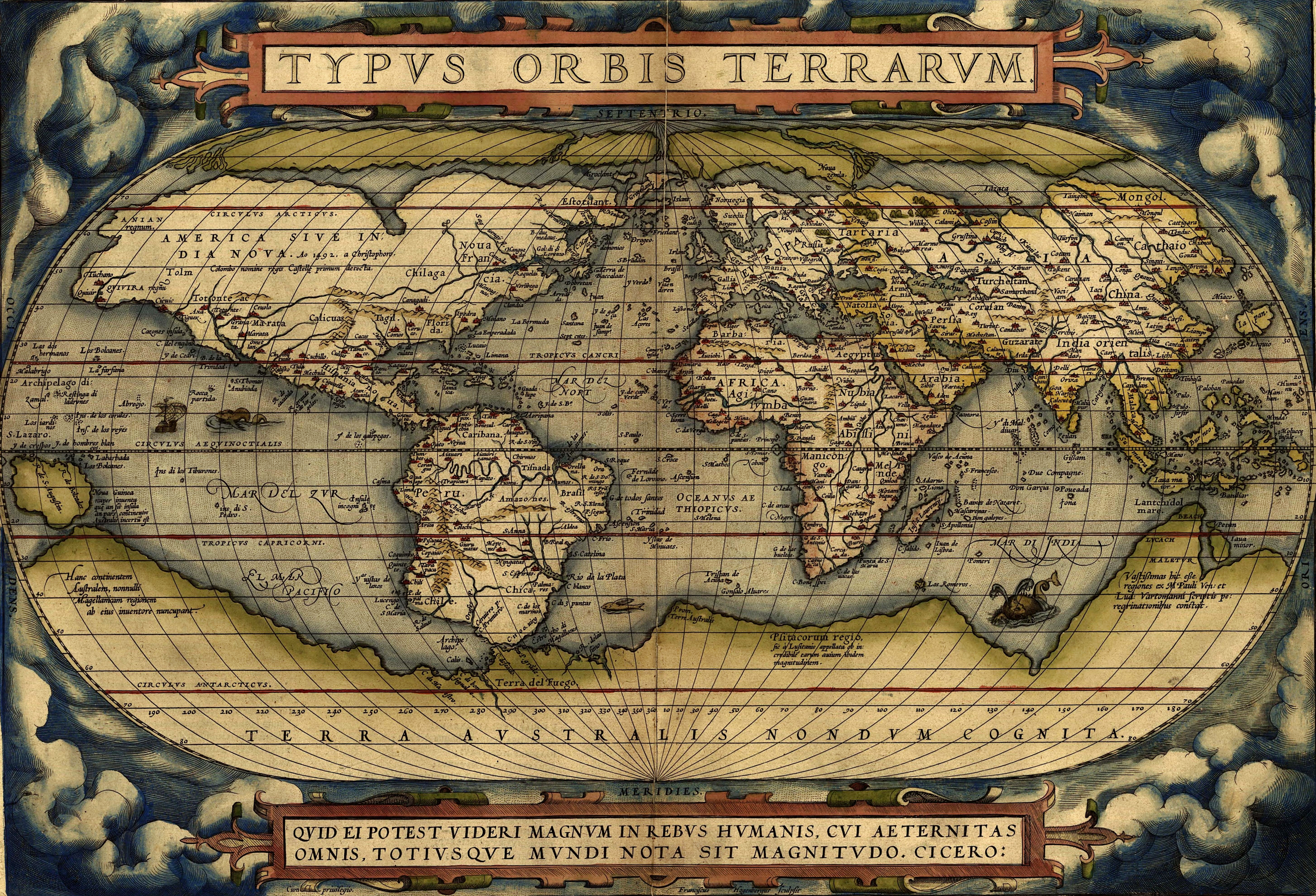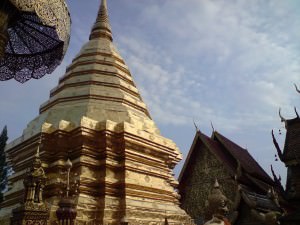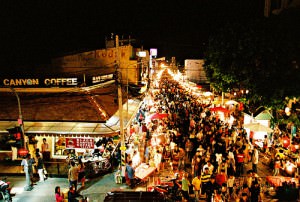- Compass is an instrument containing a freely suspended magnetic element which displays the direction of the horizontal component of the Earth's magnetic field at the point of observation.
Where was the compass first used?
- The origin of the compass is shrouded in mystery. Certainly the Greeks knew about the attractive properties of magnetism in ancient times. Similarly, the Chinese were probably aware that an iron bar stroked with a lodestone acquired a directional north-south property as long as 2000 years ago. However, the precise date at which this knowledge was used to create the first magnetic compass is unknown. By the 10th century, the idea had been brought to Europe, probably from China, by Arab traders. Magnetic compasses of a very simple kind were certainly in use in the Mediterranean as early as the 12th century. However, early compasses were not very reliable. Although the magnetic compass was in general use in the Middle Ages, little was known about precisely how it worked.
How does a magnetic compass work?
- A magnetic compass works because the Earth is like a giant magnet, surrounded by a huge magnetic field. The Earth has two magnetic poles which lie near the North and South poles. The magnetic field of the Earth causes a magnetized 'needle' of iron or steel to swing into a north-south position if it is hung from a thread, or if it is stuck through a straw or piece of wood floating in a bowl of water.
How were needles magnetized?
Needles were magnetized by stroking them with a lodestone, a lump of magnetic rock called magnetite. The needle did not keep its magnetism permanently, so a lodestone was carried on the ship so that the needle could be stroked whenever the magnetism wore off.
How accurate is the magnetic compass?
- As long ago as the 15th century, mariners noticed that the needle of a magnetic compass does not point accurately to Earth's true north. Columbus, for instance was aware of this on his voyages across the Atlantic in the 1490s. Instead, the needle makes an angle with true north, and that angle varies from place to place on the Earth's surface. This means that there is a different magnetic variation for different places on Earth. These variations were investigated on a famous 17th century voyage by the great scientist and astronomer Edmond Halley. It was thought at this time that the longitude of a ship could be found by the compass variation, but this proved to be untrue.
How were the simplest compasses improved?
A great improvement came when the needle was mounted under a card on a sharp pin, and placed in a little turned wooden or ivory box.
How were these cards marked out?
- At first, compass cards were marked out not in degrees, but in points. There were 32 points, matching the directions of winds which sailors would be familiar with at sea. The four main points – North, South, East and West – are called the cardinal points.
Old compass cards are very ornamental, often covered with decoration and painted figures. All cards have the North point decorated with what is often called a fleur de lys, like the old royal symbol of France. In fact, the sign comes from a very decorated 'T' for Tramontana, the Latin word for the North wind.
There is a lot of movement on board a ship at sea. What happens to the compass then?
- To stop the needle and card from swinging wildly on board ship, even early compasses were gimbal mounted in a square box by an attachment with swivelling rings. This means that the compass is hung in a way that makes it unaffected by the movement of the ship on the sea. The remains of one such compass, housed in a special stand called a binnacle, was found in the wreck of King Henry VIII's flagship, the Mary Rose, which sank in 1546. At that time, the compass would have been lit at night by a candle.
By the 19th century, the ships compass had become the familiar large, gimbal mounted instrument, enclosed in a binnacle with its own light.
Do iron ships pose particular problems for magnetic compasses?
- Yes. The magnetic field of the iron body of the ship itself affects the reading on the compass.
When iron and steel ships became common, many scientists studied the problem. One of the earliest was the Astronomer Royal, Sir G.B. Airy, who in 1838 used the iron steamer Rainbow for his experiments. Airy thought of a method of neutralizing a ship's magnetism by placing magnets and pieces of unmagnetized iron near the compass.
References
- "THE MAGNETIC COMPASS - HISTORY"., http://www.solarnavigator.net/compass.htm

















.gif)











